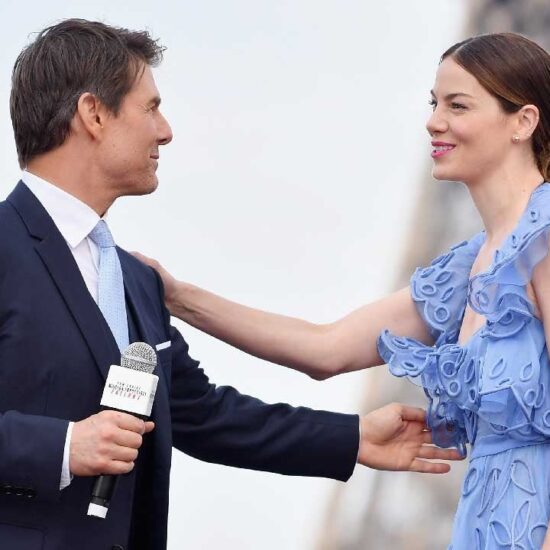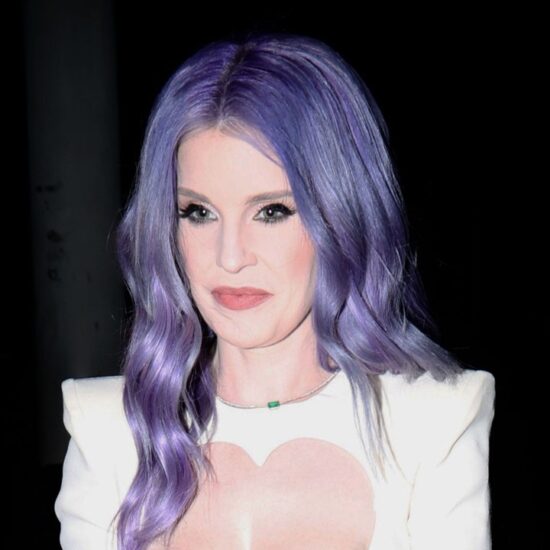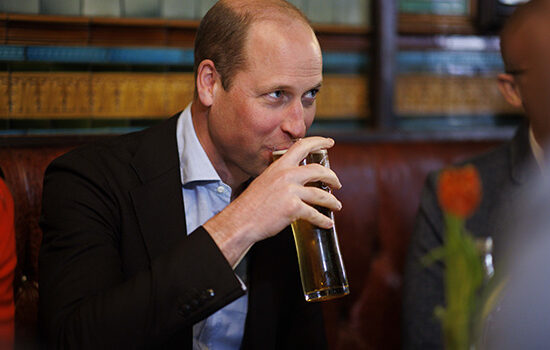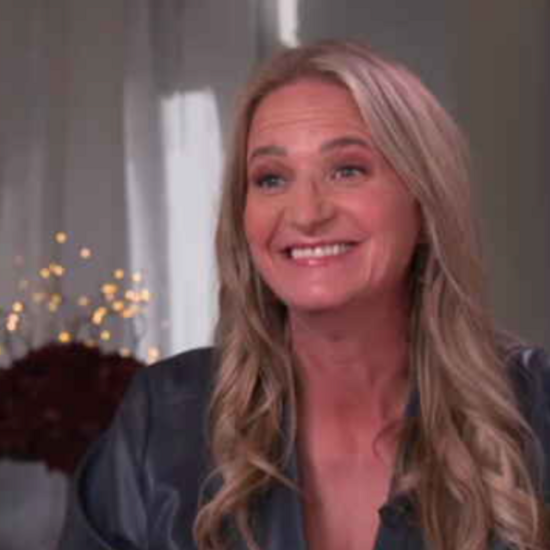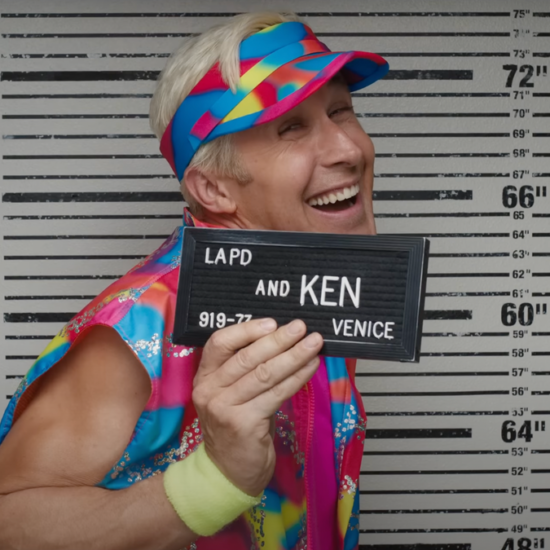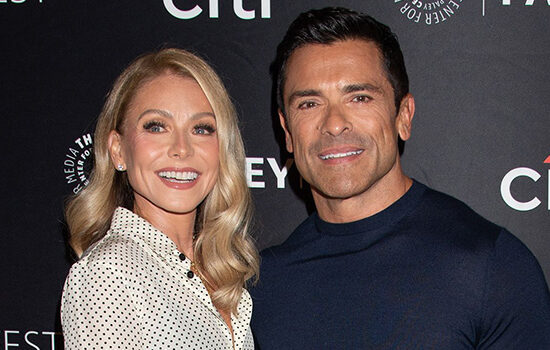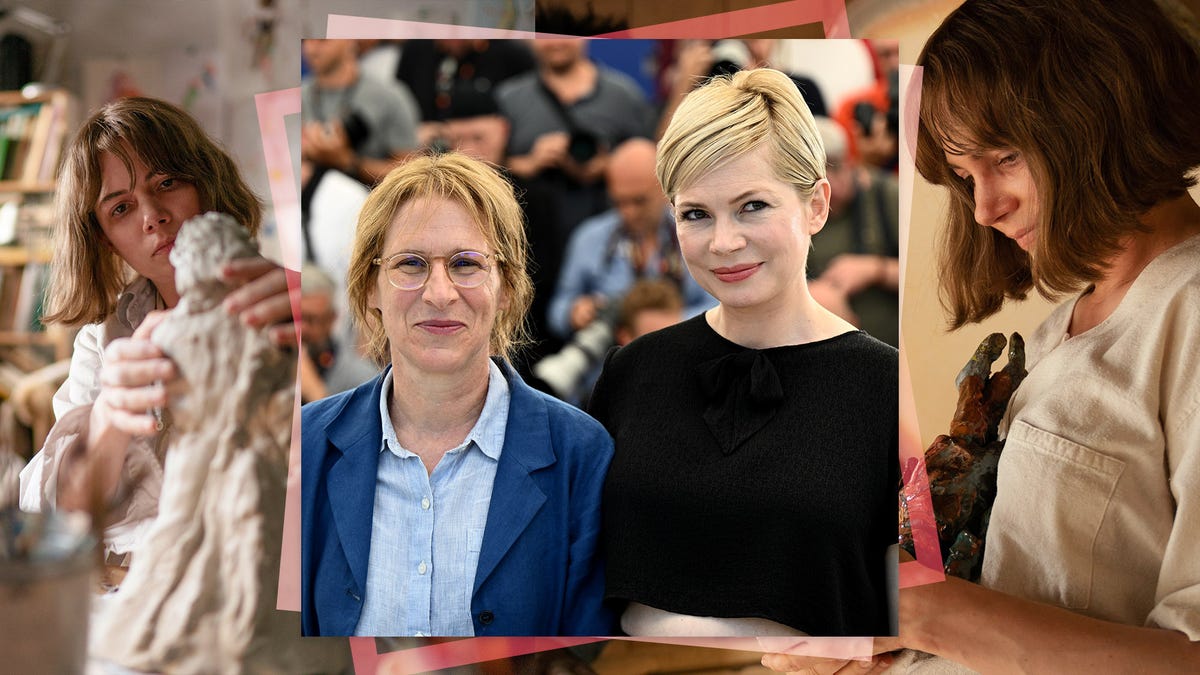
The film canon is built on partnerships between directors and their personally beloved actors. These ongoing collaborative companionships can elevate a director’s work, clicking in all the necessary emotive elements, and their shared sense of trust—cultivated on screen and off—can lead to more fruitful projects for both parties over time. Filmmaker Kelly Reichardt has found two meaningful partnerships over her career: One behind the scenes with co-screenwriter Jon Raymond, and a second on camera with Oscar-nominee Michelle Williams.
Reichardt and Williams first collaborated on the 2008 film Wendy And Lucy, about a drifter’s desperate search for her beloved dog. Williams then joined Reichardt on the rugged Western frontier to film the Oregon Trail survival tale Meek’s Cutoff. Six years later, Williams and Reichardt reunited for the triptych Certain Women, a mesmerizing work about three women’s experience navigating life in small town Montana.
In their new project, Showing Up, Williams plays Lizzy, a reserved, fussy sculptor whose interpersonal life complicates her preparations for an art gallery exhibition. Like much of Reichardt’s work, this film savors the smaller moments in daily life, and examines the seemingly surface-level issues that turn into bigger troubles along the way. The A.V. Club recently spoke with the two longtime collaborators about their origin story, watching their own work, and Williams’ devotion to the learning process.
A.V. Club: When did you first meet?
Kelly Reichardt: The very first time I met you [Michelle] was at a Yo La Tengo show in Hoboken. That’s when we first met, but we didn’t talk. Then, we officially met on the set of Wendy And Lucy: “Nice to meet you. We’re making a film together.”
G/O Media may get a commission
36% Off
Fire TV Stick 4K Max
Streaming time
This little device plugs into your TV, and acts as a hub for nearly every streaming service out there, making them easy to access, and can even be controlled with the Alexa Voice Remote.
Michelle Williams: We had a lot of mutual friends who had set us up and said we would get along.
KR: That’s right. Yeah, we did. Michelle had worked with Todd Haynes [on I’m Not There] before, so we had Todd in common.
MW: The casting director for Wendy And Lucy lived in my neighborhood and I would see her at the coffee shop. She would say, “I know, it looks like a small movie.” At that point, I had watched Old Joy. Halfway into that movie, I thought, “I just want to go wherever she is, and see if I could inhabit one of her worlds.” So I knew I wanted to work with her.
KR: Thanks. Well, I didn’t think Michelle would come work on the film. I remember the first thing we shot was in the grocery store with the apple. I have a picture of us on the railroad track, looking at the tiny monitor. We were shooting on Super 16 [mm], but the monitor—called a clamshell—was like this big. Now, at my age, I couldn’t even see anything on it. But we’re both hunched over on the tracks, looking at this tiny clamshell. It just occurred to me that then, you used to say “Let me see,” and I would say, “No, no, no, I don’t want you to look at it.” Now, you won’t even watch the cut version of the film.
MW: Well, when you’re watching something that’s so small you can’t get hung up on details.
KR: You would never, ever look at something now. If I wanted to show you one little thing you wouldn’t do that now.
MW: That’s something I’d like to work on. I actually would like to get over whatever hang ups I have. I don’t really watch my work.
KR: I don’t want to watch a movie when it’s done because I don’t want to look at my editing. I don’t want to keep judging my decisions. So I can understand it, definitely. But it’s a strange thing, because we go through this whole thing together.
AVC: You recently talked about how arduous the filming process was for Meek’s Cutoff, and how you were working with an even bigger crew. I just remember being amazed that Michelle was like, “I would just follow her anywhere, even out to the middle of nowhere.”
KR: She didn’t exactly know what she was saying when she said, “I’ll follow you anywhere.” That was extreme.
MW: That was extreme.
KR: Extreme in beauty but also extreme in hardness.
MW: When we showed up there I was like, “Oh, this is spooking me out.” I’d never been in an environment like that.
KR: It was strange. But all of us went through processing how we would live there. I could still tear up thinking about it, I had a really hard time transitioning back out of it. Going back to Portland, I was amazed at the downsizing of everything and how much simpler that made life in a lot of ways. It’s crazy beautiful out there and the smell of sage is insane and everything is prickly and hard and might have a rattlesnake under it.
AVC: When you started to write Showing Up, did you imagine this role for Michelle?
KR: Who will be in a role is different from talking about people you know in town or people from school or people that you grew up with because it’s really fluid—who this character is going to be. Jon [Raymond] and I take endless walks and have endless coffees and endless phone conversations. There’s a good clay metaphor coming up here, but you’re altering who that is and it’s a different stage going into who will play the part.
Early on I said, “Well, gee, I’d really like to do this Michelle, but I’m not physically seeing how Michelle will fit into this role.” Then [a producer] sent me a picture of Lee Bontecou and I was like, “Wow, all right, that is how.” That was a really great moment because then you get to have your cake and eat it. Lee Bontecou was kind of a pivotal moment for me.
AVC: You’ve talked about Michelle’s work ethic on Meek’s and how into that process she was. For this film, did you do any classes in preparation for working with clay?
MW: I got set up with Cynthia Lahti and we would Zoom. They sent me a 10-pound bag of clay and some instruments and I started whittling away at it. I didn’t discover a latent talent unfortunately.
KR: But you did get those arms on in one take, which had to happen.
MW: I spent a lot of time at her studio watching her work, talking to her about her work, asking her what it felt like when she worked. She’s applied herself to this her entire life so I can’t pretend but I can try to get the spirit of the thing that she has achieved. Because I’ll never be able to get the mastery because it’s a life’s work. Something I found really moving about watching her work is you know she has the ability to make sculptures that are very precise and flawless but she’s so interested right now in how little she can do and still achieve what she wants. The movements are really spare and swift, but a lifetime went into that gesture.
KR: One could look at them and think they’re full of flaws because they’re not neat pieces. They have a roughness to them that’s a part of it.
Showing Up premieres in theaters on April 7.









